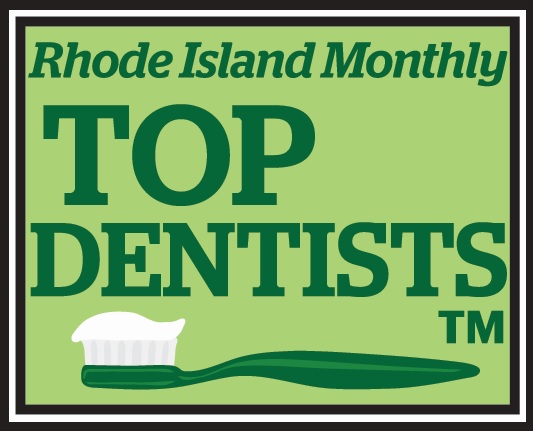
Sugary, sticky, and sweet candies can increase your risk of tooth decay. However, when it comes to gum, the story is different. Chewing sugarless gum, especially those approved by the ADA, can actually help protect your teeth and prevent decay. Here’s how gum can benefit your oral health.
How Gum Prevents Decay
Chewing gum stimulates saliva production. Chewing sugarless gum for twenty minutes after meals helps wash away food particles and debris from your teeth, reducing the risk of decay. Saliva also helps neutralize acids produced by bacteria in your mouth, which can erode tooth enamel over time. Additionally, saliva contains calcium and phosphate, which strengthen tooth enamel.
The ADA Seal
When you see the ADA Seal on gum packaging, it means the gum is sugarless and meets the ADA’s safety and effectiveness criteria. ADA-approved products undergo rigorous testing to ensure they deliver the promised benefits. If you can’t brush your teeth after a meal, chewing gum with the ADA Seal can help clean your teeth until you can.
Does Chewing Gum Replace Brushing?
No, chewing gum is not a substitute for brushing and flossing. While it can be beneficial, especially after meals, it doesn’t replace the need for proper oral hygiene. You should brush your teeth at least twice a day for two full minutes each time. Additionally, regular dental check-ups are essential. Our Pediatric Dentist in Providence recommends biannual visits, with more frequent visits for patients with oral health concerns.
Chewing sugarless gum has its benefits for oral health, such as increasing saliva production and reducing bacteria buildup. However, it should complement regular brushing and flossing, not replace them. When choosing gum, opt for an ADA-approved sugarless brand.
If you suspect your child may have tooth decay, don’t hesitate to schedule an examination with our dentist. At Providence Pediatric Dentistry, we’re here to ensure your child’s oral health is in top shape.




